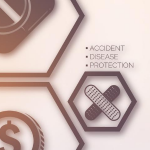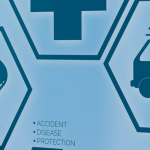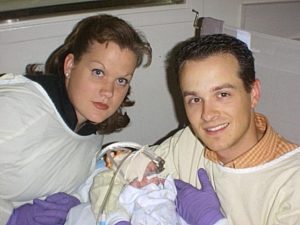GAPBAC Balance Billing Report Released to Congress
Read Full GAPBAC Report to Congress
A Message from GAPBAC Committee Member Shawn Baird
Please see below for a video message from former American Ambulance Association President Shawn Baird, who participated on the Ground Ambulance Patient and Billing Advisory Committee. A formal analysis of the complete report to Congress is forthcoming.
Video Transcript
Hello, I’m Shawn Baird, past president of the American Ambulance Association.
Together with my fellow ambulance profession representatives Ted Van Horne, Regina Crawford, and Rhonda Holden, I was privileged to speak on behalf of AAA members and the EMS profession as a whole during the deliberations of the Ground Ambulance and Patient Billing Advisory Committee, also known as GAPBAC.
Today, I’m excited to share with you the culmination of our efforts—the release of a report to Congress that could transform how ground ambulance services are reimbursed, ensuring better protection for patients against surprise medical bills as well as fair compensation for the essential mobile healthcare we deliver daily.
We know that the patient care and transport we provide every day, 24/7, is vital to the health and welfare of our communities. In many parts of the country, we are the only healthcare available within hours. I am excited that if Congress acts on these recommendations, patients can not only continue to depend on our vital care, but also be relieved of the financial stress of the unknown bill when insurance falls short of appropriate payment. Quite frankly, if adopted by Congress, these recommendations would take patients out of the middle between providers and insurers, and free us to remain focused on what we do best; taking care of patients, 24/7.
Let me rewind a bit and give you the full context for this report.
GAPBAC was formed following the American Ambulance Association’s successful advocacy efforts to carve ground ambulance services out of the No Surprises Act. Through the dedication of AAA volunteer leaders made possible by your dues investment, we were able to successfully educate legislators about the unique nature of EMS. We effectively highlighted our inability to pick and choose patients, our role as the safety net provider in rural and medically underserved urban areas, as well as our sky-high costs of readiness. Instead of rolling ambulance services into a one-size-fits-all healthcare billing scheme that wouldn’t work for EMS, legislators had the vision and foresight to create the GAPBAC committee.
The group’s charter was signed in November 2021, and the roster was announced in December 2022. We are proud that former American Ambulance Association board member Asbel Montes was selected to take the helm as Chair.
Since then, our committee, composed of patient advocates, physicians, EMS experts, government officials, and insurance industry representatives, has worked collaboratively to address a critical issue—out-of-network billing for ground ambulance patients covered by non-ERISA health plans.
This discussion presented an extraordinary challenge as ambulance services face skyrocketing costs, flat reimbursement from Medicare, and an unprecedented workforce shortage. At the same time, our patients were sometimes confused by the complex health insurance landscape including copays, deductibles, and policy limitations.
But the GAPBAC panel, with the help of experts including AAA’s own Kathy Lester, persevered. Through research, dialogue, and compromise, GAPBAC’s team members developed 14 key recommendations that, if adopted by Congress, would protect patients, financially sustain EMS, enhance transparency, and empower state and local governments to determine fair reimbursement rates for their residents.
While I urge you to read the report to Congress in its entirety, rest assured that the AAA advocacy team will soon share a concise summary with our membership.
As I mentioned, the release of this report has been no small task. The collaboration across various stakeholder groups was unprecedented in EMS history, and every voice brought valuable insights, driving us toward solutions that consider all perspectives on the complex mobile healthcare reimbursement landscape. Together, we’ve laid down a framework that I believe will lead to significant improvements, ensuring that millions more Americans are fully covered during some of the most critical moments of their lives.
As we present our final findings, I hope that the recommendations will be met with thoughtful consideration by Congress and regulators—the well-being of our patients and the integrity of our out-of-hospital healthcare system depend on it. Thank you to American Ambulance Association President Strozyk, the AAA board and committee chairs, and you, the AAA membership, for the overwhelming support through this journey. Together, we will continue to advocate for a sustainable future for EMS!
Shawn Baird
Immediate Past President
American Ambulance Association











